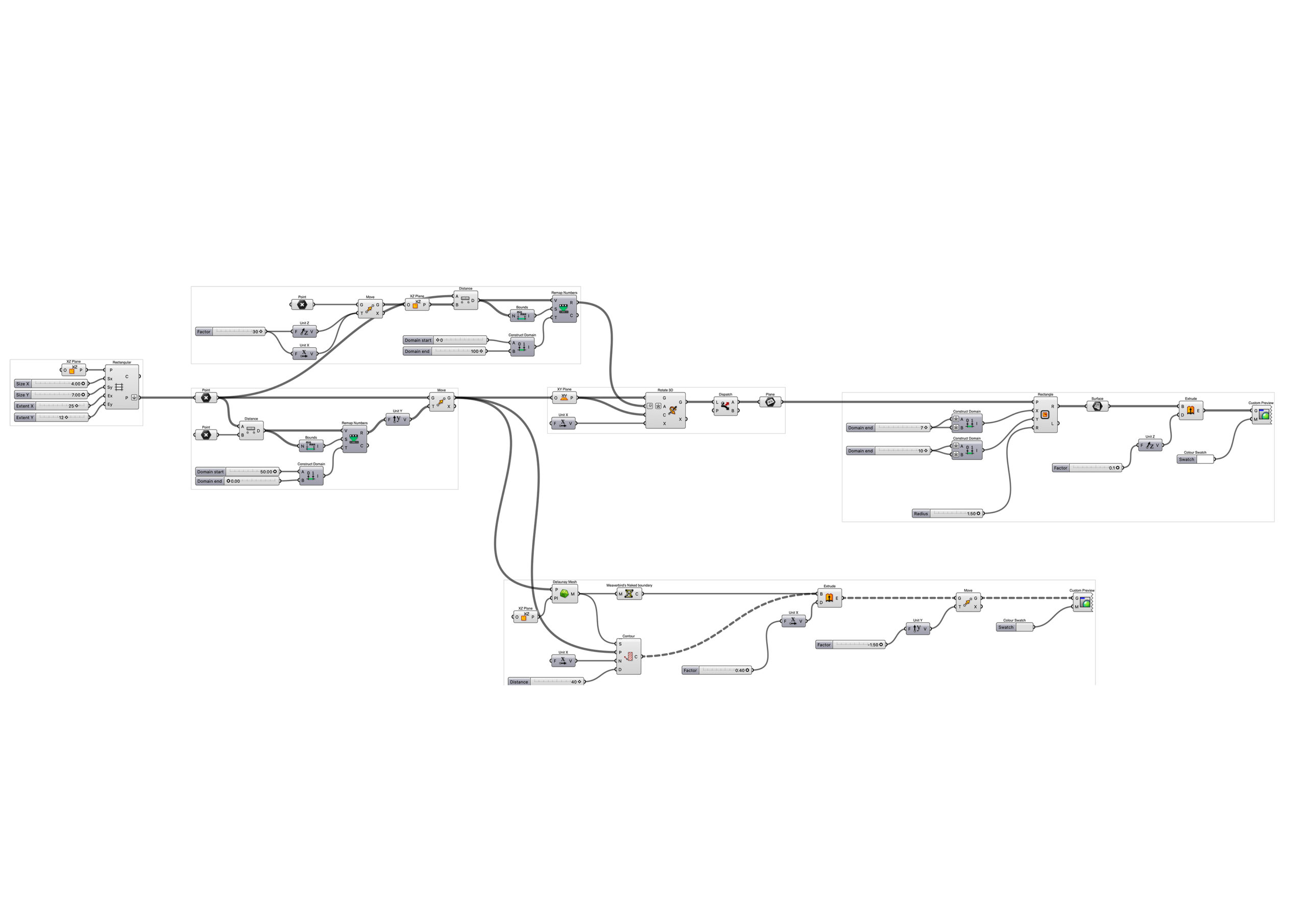What is code art? In the world of architecture and design it could be hypothesised as the use of code to generate the creative ideologies one has into a more visible format. One of the tools that can be used to generate said thoughts and ideas is grasshopper, a computational design software. It is a visual programming language and environment that runs within the Rhinoceros – 3D computer-aided design (CAD) application. It can be used to ideate and design various aspects using generative algorithms.
The Advanced Digital Tools course taught us how to apply said software along with its associated plugins into our designs. By doing so, it was a lot easier to understand the many parametric designs in the world and the processes utilised to design them. Implementing the computational software to the parametric design ideologies we learned how to comprehend the software by applying it in real time in our studio project.
1. Fractal
Fractal Pattern – A type of mathematical shape that are infinitely complex. In essence, a Fractal is a pattern that repeats forever, and every part of the Fractal, regardless of how zoomed in, or zoomed out you are, it looks very similar to the whole image. Although the fractal pattern was not truly achieved in this script, the usage of a fractal basis as a pattern is seen.
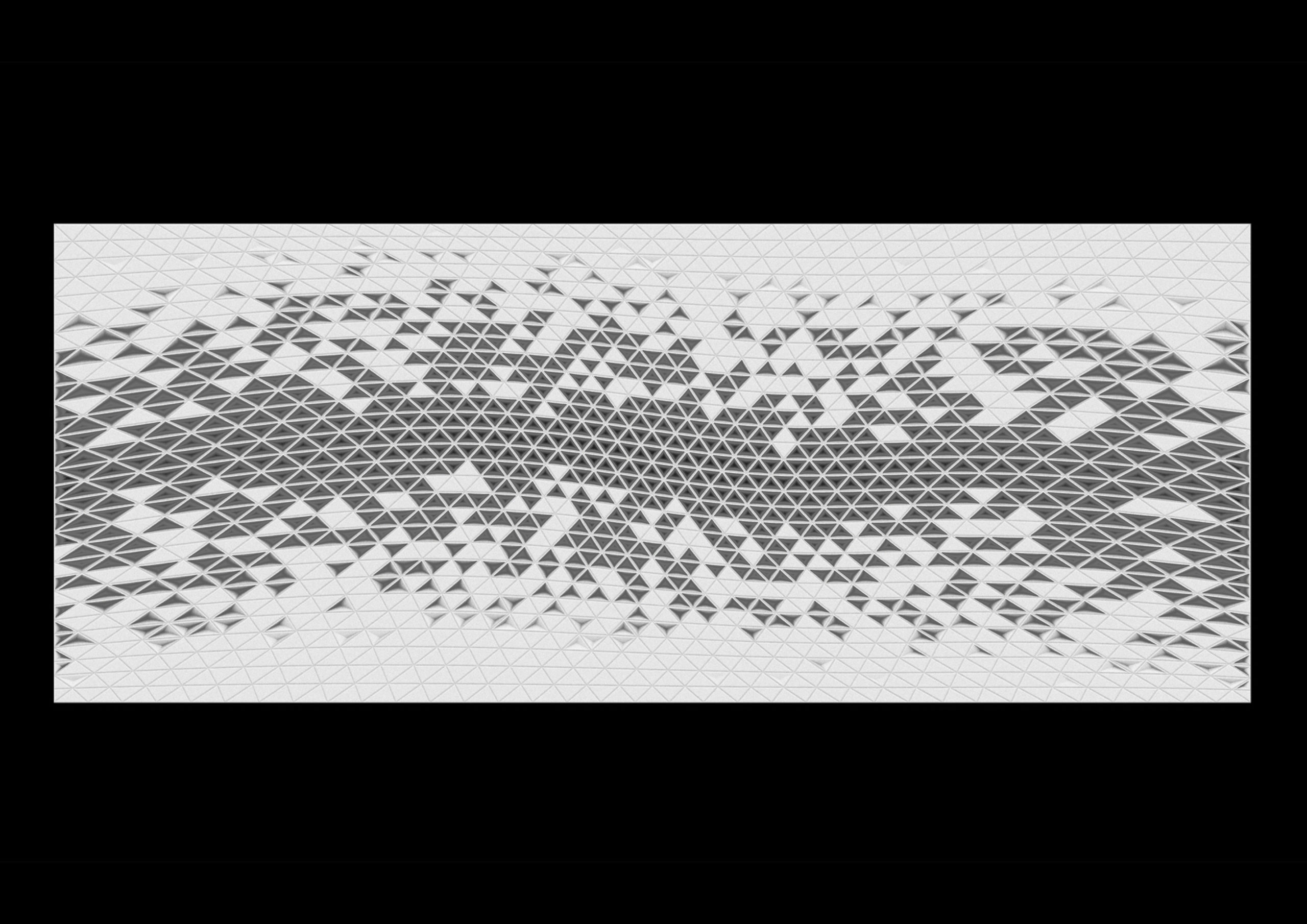

2. Triangulated
The aim of the design was to create a gradation in a facade. The gradation can be seen through the use of triangles on the facade walls of the tower. The design was created in the essence of creating a solar responsive facade which could have smaller openings based on the heat gain and direct sunlight experienced by the tower.
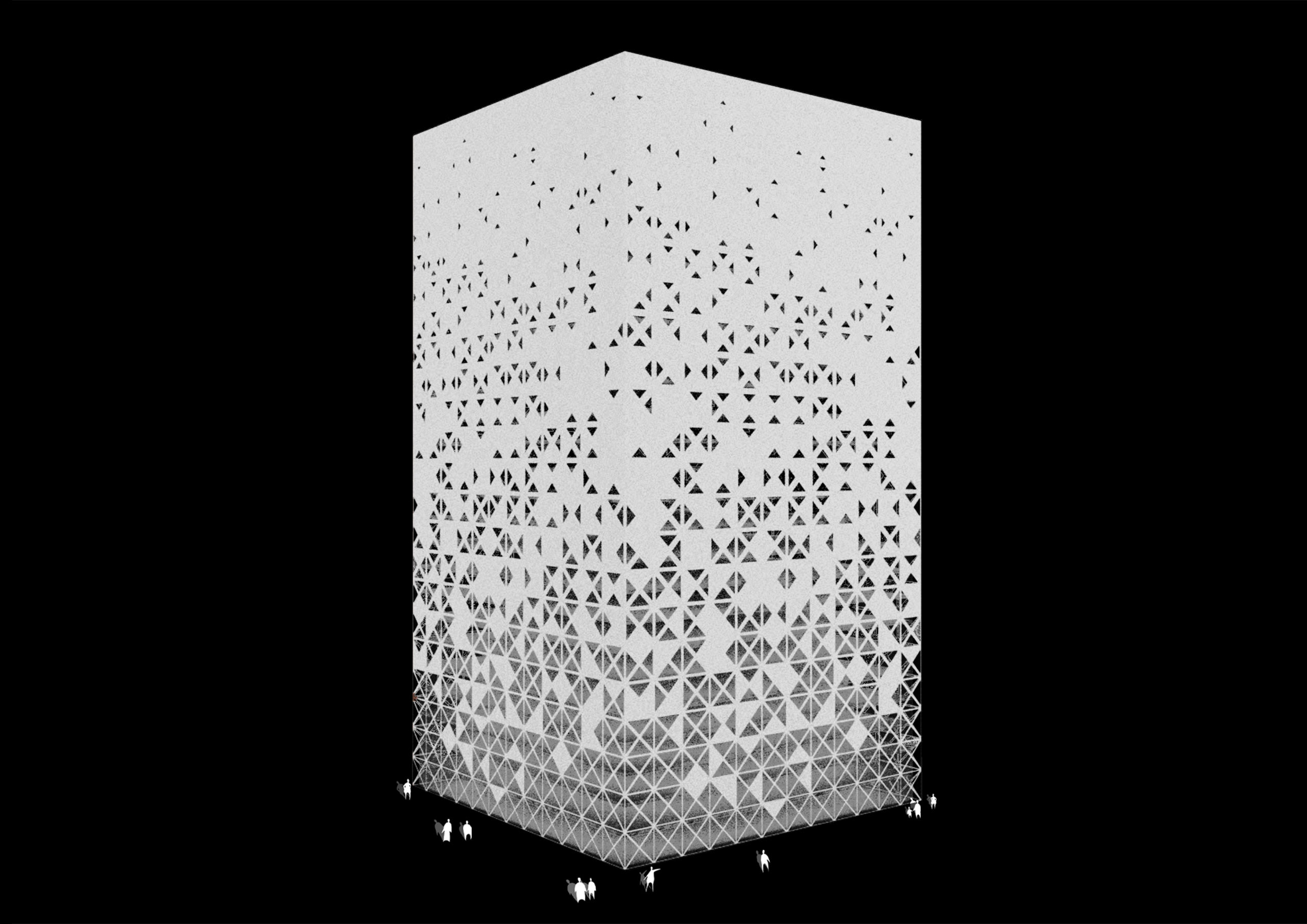
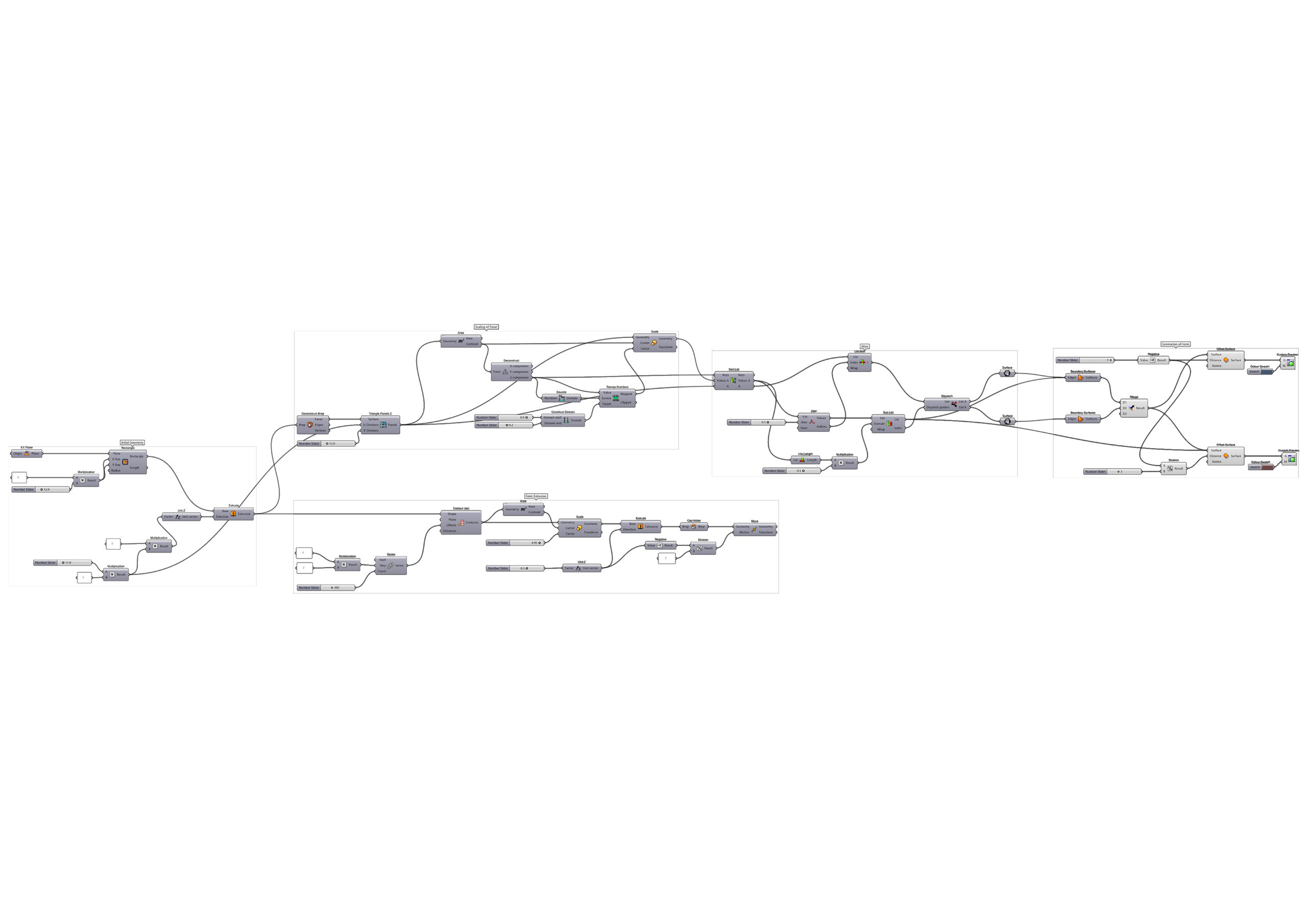
3. Voronoi Tower
Voronoi Pattern – is a pattern in which every point within a given region is closer to the inside of that region than it is to any other point outside that region. Each point along a region’s edge is equidistant from the two nearest seeds. It’s seen in places ranging from cracked mud to giraffe skin to foamy bubbles. This ideology is utilised to create the exoskeleton or facade of a built form also while focusing on replicating the pattern by using attractor points.
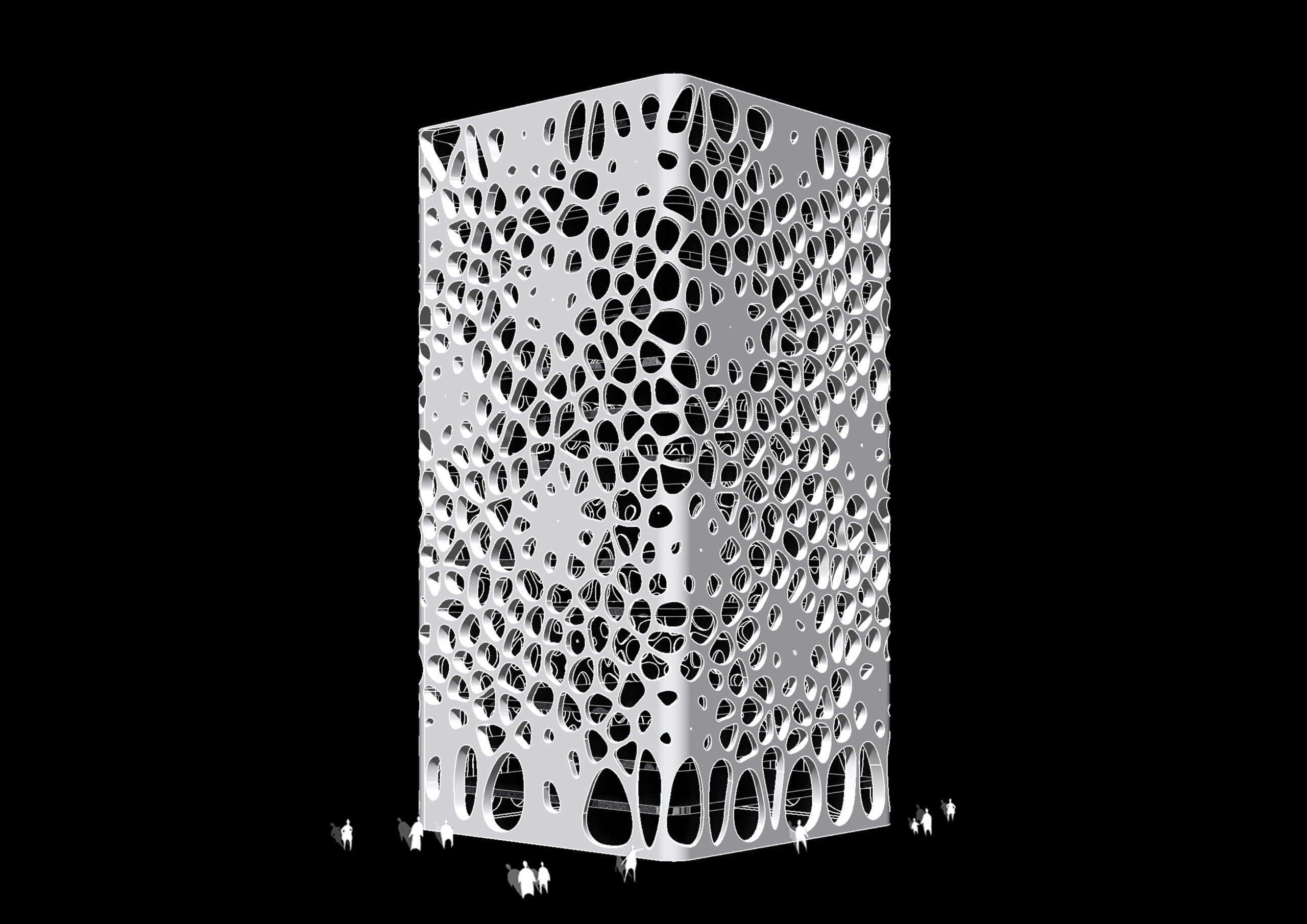
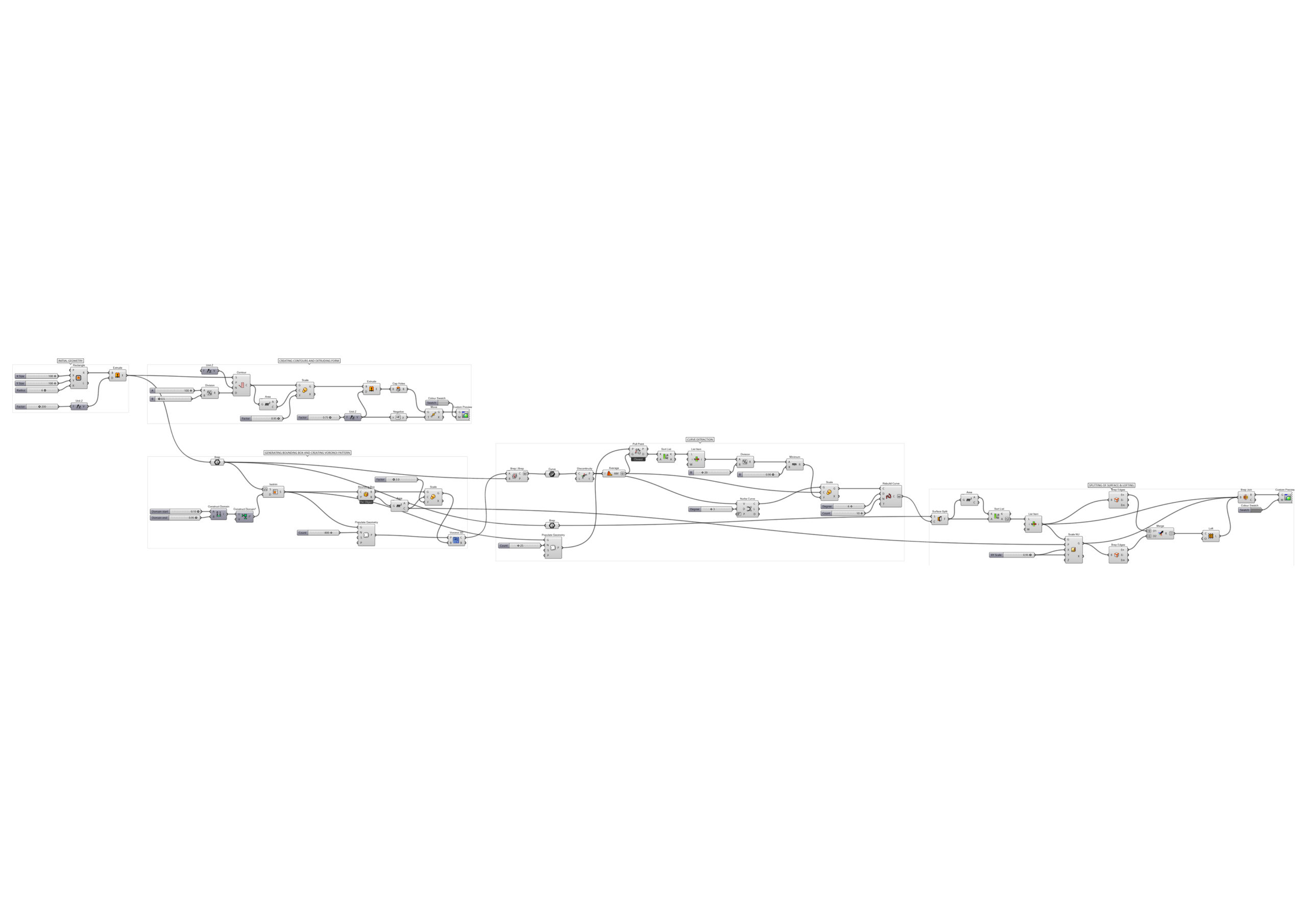
4. Kinetic Installation
Kinetic Pavilion – Inspired by the ’80Hz Pavilion’ by Thomas Wing-Evans in Sydney, Australia. The pavilion is designed to respond to the movement of the sun. The different stages of the design development in terms of form, movement, generation of panels and movement of the kinetic facade can be observed in the video. The design and script is developed in collaboration with Sharvari Sharath (MAEBB – 2023-24).
